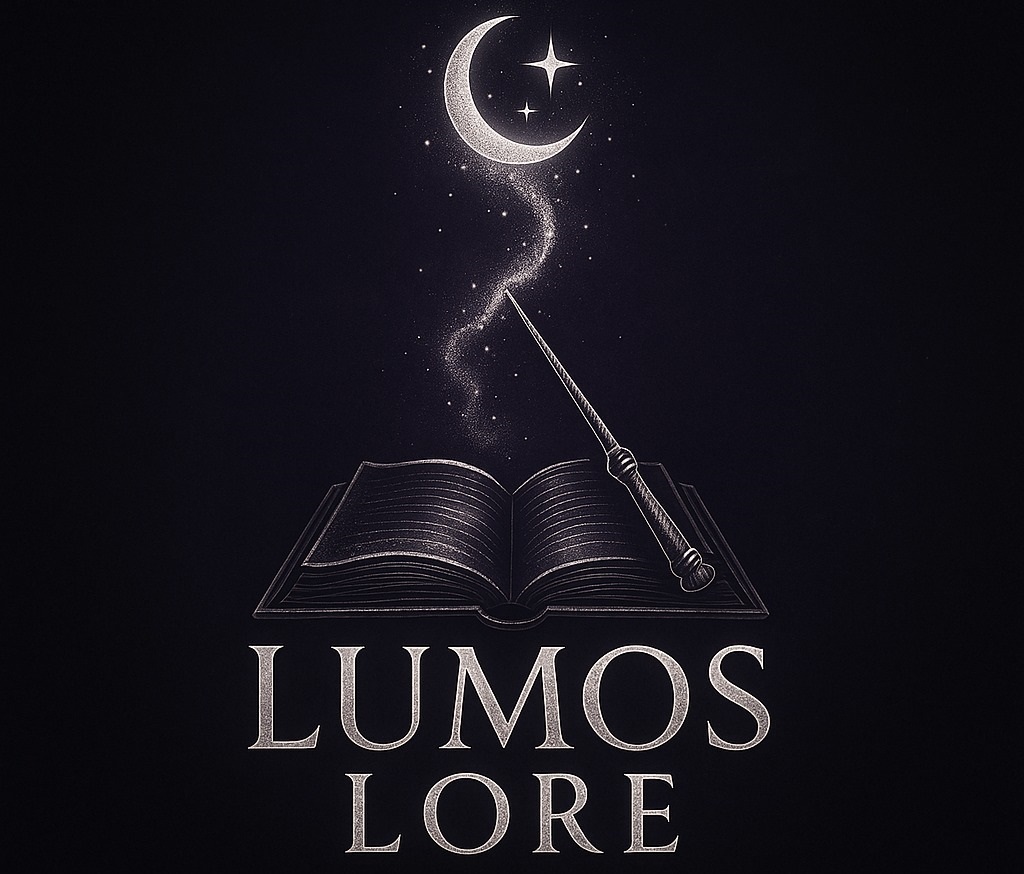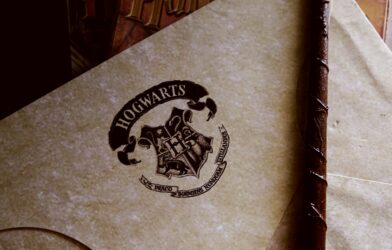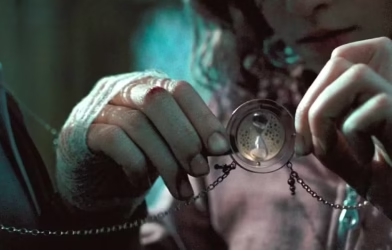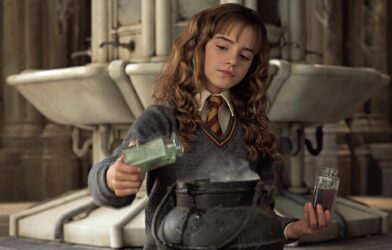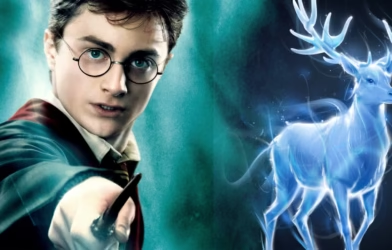Harry Potter and the Chamber of Secrets is the second installment in J.K. Rowling’s beloved series, and both the book and the film deepen the magical world and its mysteries. While the movie adaptation remained largely faithful to the original plot, there are several differences in pacing, character development, and omitted scenes that change the way the story is experienced.
1. Dobby’s Warnings and Background Are Expanded in the Book
In the movie, Dobby appears with dramatic warnings for Harry to stay away from Hogwarts, but the book delves much deeper into his background and motivations. We learn more about the cruelty of the Malfoy household and Dobby’s fear of punishment. The book also includes more of Dobby’s antics, like ruining Petunia’s pudding—while the film combines or omits several moments for time.
2. Nearly Headless Nick’s Deathday Party Is Cut
One of the most glaring omissions from the movie is Nearly Headless Nick’s 500th Deathday Party. In the book, Harry, Ron, and Hermione attend this gloomy ghost gathering instead of the Halloween feast. It offers more insight into ghost culture and Nick’s desire to join the Headless Hunt—adding color to Hogwarts’ supernatural side.
3. Percy Weasley’s Secret Is Softened
In the book, Percy is acting suspiciously all year, and it’s eventually revealed he’s been secretly dating Penelope Clearwater. The movie ignores this subplot entirely, making Percy seem like a background character rather than a pompous older brother with secrets of his own.
4. The Identity of the Heir of Slytherin
The film handles the mystery of the Heir of Slytherin and Tom Riddle well, but it simplifies some of the clues leading up to the reveal. The book builds more tension and suspicion, especially around Draco Malfoy, through multiple red herrings. The Polyjuice Potion sequence in the book includes more detail and a longer buildup.
5. Gilderoy Lockhart’s Character Is Less Developed On Screen
While Kenneth Branagh plays Lockhart with charm and flair, the book gives him even more absurd and boastful moments. His incompetence and vanity are emphasized more heavily in the text, making his final downfall even more satisfying.
6. More Depth in the Diary’s Influence
In the book, Harry interacts with Tom Riddle’s diary more than once, slowly unraveling the mystery. The film shortens this storyline to a single pivotal scene. This reduction makes the diary seem more like a plot device than the manipulative magical object it truly is.
7. The Final Confrontation in the Chamber
The showdown in the Chamber of Secrets is largely faithful to the book, including the basilisk battle, Fawkes’ intervention, and the destruction of the diary. However, the book offers more tension and detail—especially regarding Harry’s internal struggle and his faith in Dumbledore.
8. The Aftermath and Dobby’s Freedom
Dobby’s liberation plays out similarly in both versions, but the book includes more emotional weight and gratitude from Dobby. It’s also clear that Lucius Malfoy intended to harm Harry after the trick with the sock, but Dobby’s last-minute protection makes his freedom even more heroic.
Conclusion: A Faithful Yet Streamlined Adaptation
The Chamber of Secrets film does an admirable job staying close to the source material, but like most adaptations, it trims or simplifies certain elements. The movie delivers action and magic, but the book offers more emotional complexity, character development, and hidden layers that enrich the overall experience. For fans of the series, reading the book reveals a deeper appreciation of the characters and the world they inhabit.
